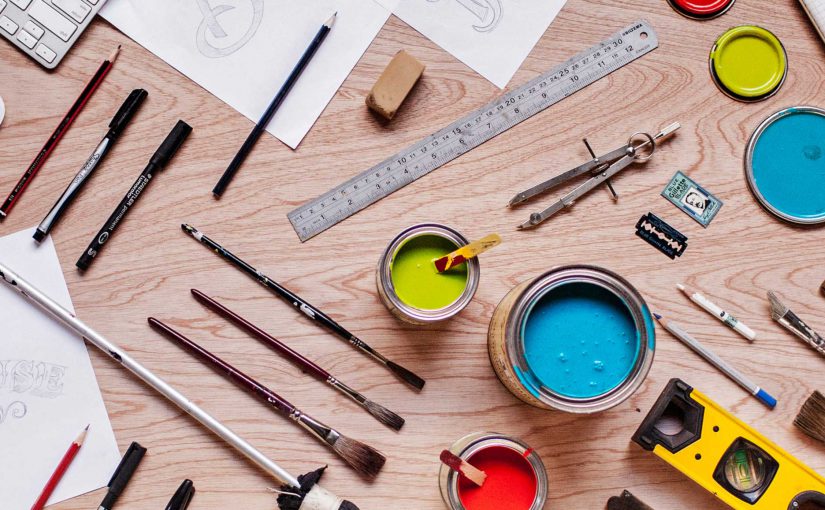In this chapter, Löwgren introduced us to digital artefacts based on technical systems and how they influence our lives at not only individual but as well as social levels. I feel that Löwgren pointed out something that is very worth keeping in mind of, and that is how even though the outcome of a professional design is the result of a conscious action of a designer, that does not mean that all properties and characteristics of the design process outcome are the results of intentional design decisions. He ultimately pointed out that every digital artefact designed by an interaction designer is in some respects, imperfect.
I feel that this is something all designers should always keep in mind. As humans, we often think that our design has already taken into consideration all that is possible and hence, feel frustrated when the outcome did not go the way we had expected. This is inevitable. However, it is also important to remember to leave room for allowance and to accept that we cannot truly take everything into consideration. This is because we are ultimately designing for humans, and humans are always changing.
To be a thoughtful designer, one has to have a thorough understanding of the design process, design ability, the designed product, and design as part of a larger context, all the while dealing with challenges such as being bounded by material qualities, be it tactile or digital. Looking at it, there really is a lot a designer has to deal with. But it is also precisely all these challenges that helps to motivate us and encourage us to continuously improve our skills.
I feel that the job of a designer is often misunderstood as someone who makes things look aesthetically pleasing. While there is nothing wrong with that, as aesthetics is also extremely important, the biggest role of a designer has always been to come up with designs that can interact thoughtfully with the users and the surrounding. At least this is my opinion of my role as a prospective designer.
In my case, I feel that the EZ-Link card system we have here is a really thoughtful design. The system itself is easy for everybody to use and makes the paying process less troublesome and more streamlined. The best thing about the system is that both the old and the young can grasp it easily. When we compare that to the cashless system our country is pushing for, I feel that the design’s thoughtfulness is even more obvious. While the cashless system is still trying to figure out how to include everybody from different walks of life, I feel that the EZ-Link card system has already managed to do it to a pretty good extent.
Another thoughtful design would be the automated pricing system in carparks. As my father drives, on some very rare occasions, I have seen how he has to exit his car, or wind down his window and reach out to insert his cash card. Because the system is implemented everywhere, we often take for granted its ability to serve us. It is only when I saw how my father has to go through all the troubles before we could exit the carpark, that I really get to see how thoughtful this system really is.
There is also another design I feel is really thoughtful and it was done by one of the Product Design seniors for their FYP last August. The senior had designed a crib that can be turned into an armchair once the baby grows out of it and no longer needs the crib. I feel that it is really thoughtful as the crib, when no longer needed, doesn’t have to be discarded or given away. At the same time, people can also turn the crib into a family heirloom or memento. However, the practicality of it is still debatable.
